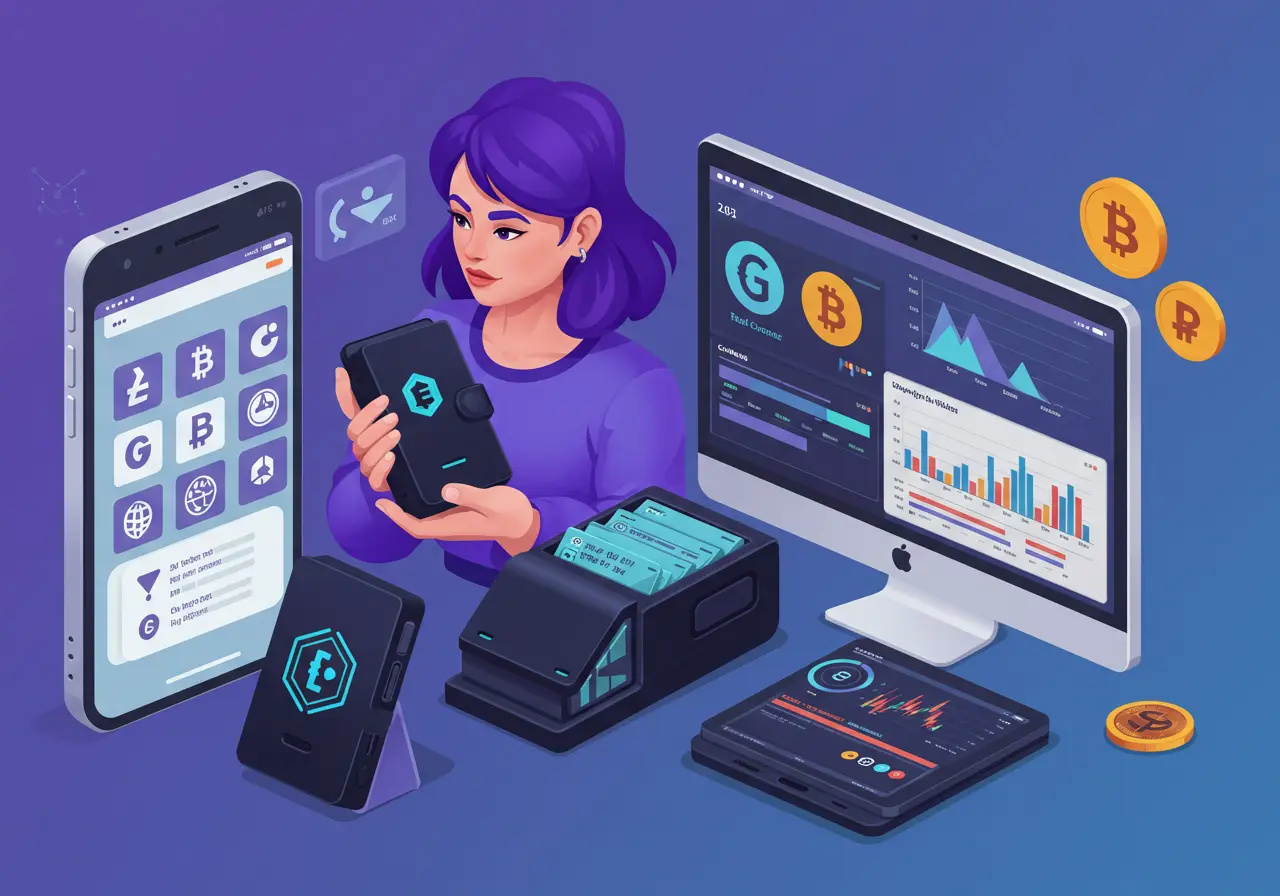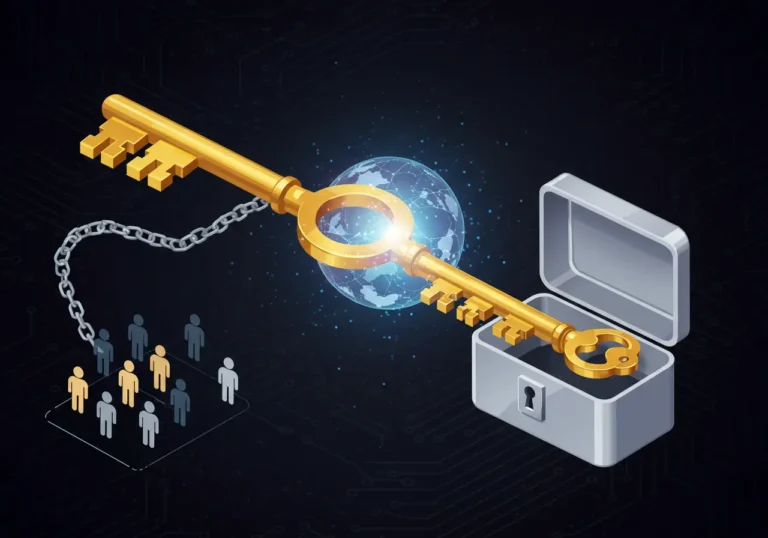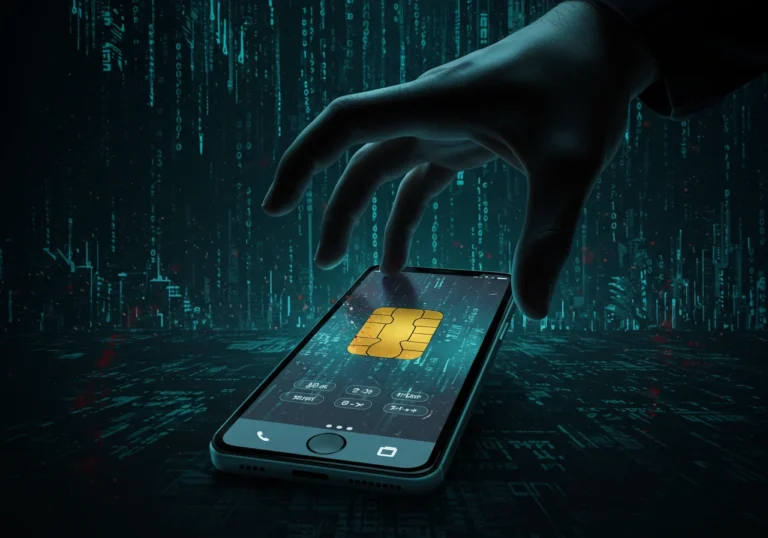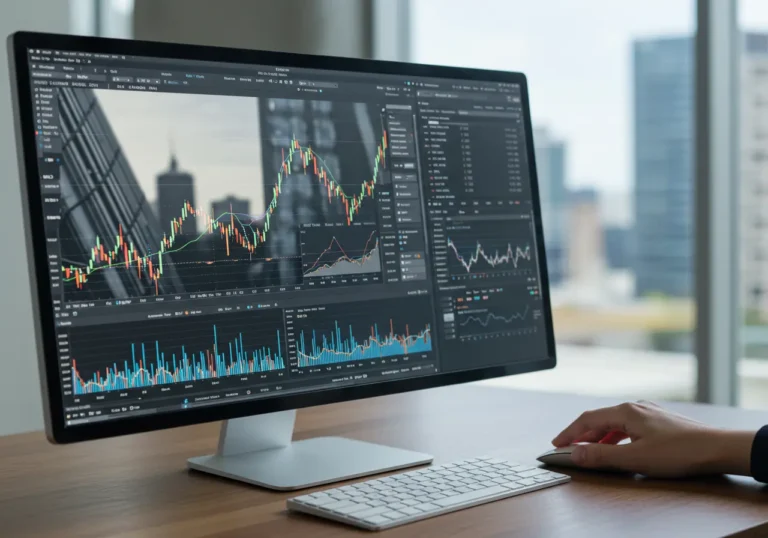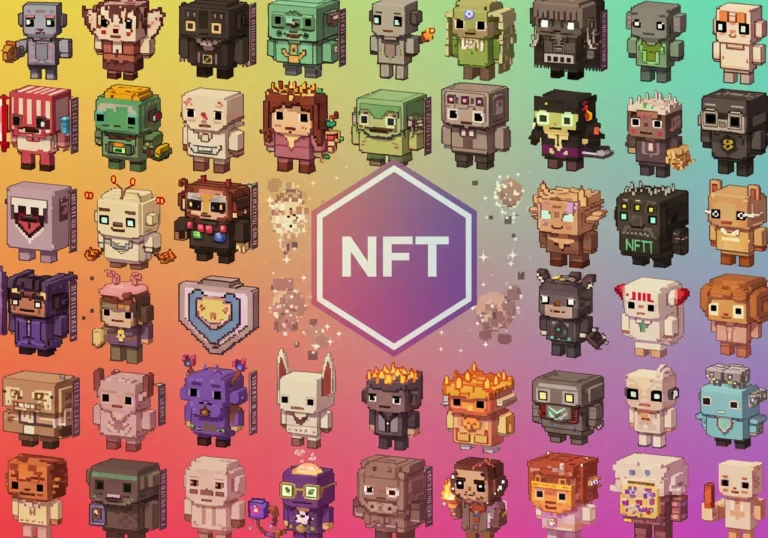How to Use a Crypto Screener to Find Secure Projects
Crypto Screener tools are like a sieve. They let you pour in a lot of data and catch the pieces that match the rules you care about. With the right filters and checks, you can find projects that look more trustworthy and avoid the obvious traps. In this article I’ll walk you through simple ideas and useful checks, as if we were having coffee and looking over the same screen.
How a Crypto Screener Helps You Spot Secure Projects

A Crypto Screener gives you a fast way to scan many tokens. It sorts by numbers and basic facts. That saves time. But a screener is only the start. Think of it as a friend who points to candidates you should investigate more closely.
Good screeners let you filter by things like market size, trading volume, age of the token, liquidity, and whether the contract is verified. These are practical signs. They don’t guarantee safety, but they cut risk.
Common features of crypto screener tools
- Market cap and volume filters. These show how big a project is and how active trading is.
- Liquidity filters. These help avoid tokens with tiny pools that can be manipulated.
- Age and activity. Older, active tokens tend to be less risky.
- Contract verification. A verified contract on a block explorer is a basic trust signal.
- Social and development metrics. Some screeners show GitHub activity, Telegram or Twitter stats, and audit reports.
Using these features together gives you a clearer picture than looking at price alone.
Pick the right crypto screener tools
Not all screeners are equal. Some are free and simple. Others are paid and powerful. Here are options to consider:
- Free, simple screeners: Good for beginners. They show price, market cap, and volume.
- Advanced screeners (paid): These add on-chain checks, liquidity analysis, and project health metrics.
- On-chain analytics platforms: These offer deep views, like token holder distribution and contract calls.
- Aggregated lists: Some sites collect tokens with extra warnings, like scam reports or audit badges.
Start with a free tool to learn the basics, then add a paid service if you plan to research projects seriously.
Screening criteria for crypto — what to filter for first
When you set up your screening criteria for crypto, keep it simple. Start with filters that catch clear risk and then refine.
- Market cap and volume: Avoid tiny market caps with no volume. Low volume means you may not be able to sell.
- Liquidity: Look for healthy liquidity pools on decentralized exchanges. If liquidity is tiny or owned by one wallet, be cautious.
- Contract verified: A verified contract on block explorers is a positive sign. If it’s not verified, proceed with extra caution.
- Token age and activity: Newly created tokens with a surge in price can be risky. Older projects with steady activity are generally safer.
- Holder distribution: If one wallet holds most tokens, that can be dangerous. A balanced distribution looks better.
- Audits and transparency: Projects with third-party audits and clear team info score higher.
- Social signals and dev activity: Check if the team posts updates and if developers are actively working on the project.
These filters catch many common problems and give you a shortlist worth researching deeper.
Using a screener for secure projects — practical steps
Let’s walk through a simple routine you can use each time:
- Open your chosen crypto screener tools.
- Set a minimum market cap (for example, $1M) and minimum 24h volume. This avoids dust tokens.
- Add a liquidity filter: require a minimum pool size on major DEXs or centralized exchange listings.
- Filter for verified contracts and tokens older than 30 days to avoid brand-new traps.
- Add an audit filter if available, or tag projects with public audit reports.
- Export a short list of projects and open each one’s block explorer page and official website.
- Check team information, tokenomics, and community discussions.
- Do a tiny test transaction if you decide to try the token (buy a small amount and see if selling works).
This routine keeps things simple. You can adjust the thresholds as you learn.
Example: a beginner setup
- Market cap > $5M
- 24h volume > $100k
- Liquidity pool > $50k
- Contract verified = yes
- Token age > 30 days
This will show you projects that are already somewhat established and worth a closer look.
How to evaluate the shortlist
After the screener gives you a short list, switch to the manual checks. This is where judgement matters.
- Read the whitepaper or project summary. Is the idea sensible?
- Check the team: real names, LinkedIn profiles, previous work. Anonymous teams are riskier.
- Look at token supply and distribution. Are tokens concentrated in a few wallets?
- Check audit reports. Who audited the project, and are the findings public?
- Review the community: active, helpful communities are a good sign; army-like promotion is not.
- Inspect the code or ask a developer to glance at the contract. Look for transfer restrictions or “owner” powers that can freeze or mint tokens.
Combine these checks with the screener’s metrics to form a fuller view.
Finding safe crypto investments — balances and limits

Even with a great screener, safety is about balance. Use these simple rules:
- Don’t chase the highest returns without understanding the project.
- Keep a portion of funds in stable or well-known assets.
- Limit any single token to a small percentage of your portfolio.
- Re-check projects regularly—situations change and new red flags can appear.
A screener helps find candidates, but good investment choices come from combining data, common sense, and steady habits.
Advanced filters: on-chain signals you can add
If you feel comfortable, add these deeper on-chain filters:
- Whale movement alerts: Large sales or transfers can signal trouble.
- Contract function checks: See if the contract has functions that allow owner privileges.
- Token age of holders: If most holders are new and many bought recently, it’s riskier.
- Liquidity lock status: Locked liquidity for a prolonged period reduces rug-pull risk.
- Number of unique holders: More unique holders often means a healthier distribution.
These are more technical, but many advanced screeners show them in simple dashboards.
Using screener for secure projects — common mistakes to avoid
People often make a few avoidable errors when using screeners. Watch out for these:
- Relying only on price trends. Screener metrics matter more than a short-term price spike.
- Ignoring contract code. A shiny website doesn’t mean the contract is safe.
- Using too lax filters. If your filters are too loose, you’ll get overwhelmed.
- Skipping a small test trade. Trying a tiny buy and sell can reveal hidden restrictions.
- Trusting social hype. Never let influencer noise replace your checks.
Avoiding these mistakes will keep your research pointed and safe.
Practical tools and resources
Here are types of tools that pair well with screeners:
- Block explorers (Etherscan, BscScan): For contract verification, transactions, and token holders.
- Audit repositories: Check for audit reports and security notes.
- On-chain analytics platforms: For whale movement, liquidity, and holder distribution.
- Community forums and developer channels: For sentiment and progress updates.
- Scam trackers: Sites that flag known scams and suspicious tokens.
Use a mix. No single tool gives the whole truth.
Conclusion — use a screener, but trust your checks
A Crypto Screener is a practical tool for finding projects that deserve a closer look. It saves time and reduces obvious risk. But it’s not magic. The screener gives you candidates. Your checks—reading contracts, testing tiny trades, checking audits, and learning about teams—decide whether a project is truly safe.
Start simple. Use crypto screener tools to find projects that match clear screening criteria for crypto. Then do your homework. Over time you’ll get faster and more confident. In the end, the safest investments come from steady rules and careful checks, not from hunches or hype.
Quick checklist
- Use a Crypto Screener to narrow down projects.
- Start with basic filters: market cap, 24h volume, liquidity, contract verification.
- Add screening criteria for crypto: token age, holder distribution, audits.
- Use block explorers to inspect contracts and token holders.
- Do a tiny test trade to ensure selling works.
- Check team transparency, community activity, and developer updates.
- Watch for locked liquidity and absence of owner-only control.
- Balance portfolio risk and limit exposure to single tokens.
- Combine screener data with manual checks before investing.
Frequently Asked Questions
Q: Can a crypto screener guarantee a project is safe?
A: No. A screener helps find projects worth investigating. It reduces risk but cannot guarantee safety. Manual checks are essential.
Q: How much should I rely on social metrics shown in screeners?
A: Social metrics are useful for sentiment but can be manipulated. Use them as part of a broader assessment.
Q: Is a verified contract enough to invest?
A: Verification helps, but it’s not enough alone. Check for owner privileges, audits, and liquidity details.
Q: Should beginners pay for advanced screener tools?
A: Start with free tools to learn. As your research grows, paid tools can save time and give more on-chain insights.
Q: What is a safe size for a test trade?
A: Small and affordable—enough to cover fees and to test selling. For many, $5–$20 is fine.
Table of Contents

Hello, I’m Edmilson Dias, founder of CoinBringer. I created this platform to guide people through the fast-moving world of cryptocurrency with clarity and safety. With years of research in blockchain and digital security, my goal is to translate complex topics into practical knowledge, offering reliable tutorials, safety insights, and guidance for both newcomers and experienced users.
Discover more from CoinBringer
Subscribe to get the latest posts sent to your email.

